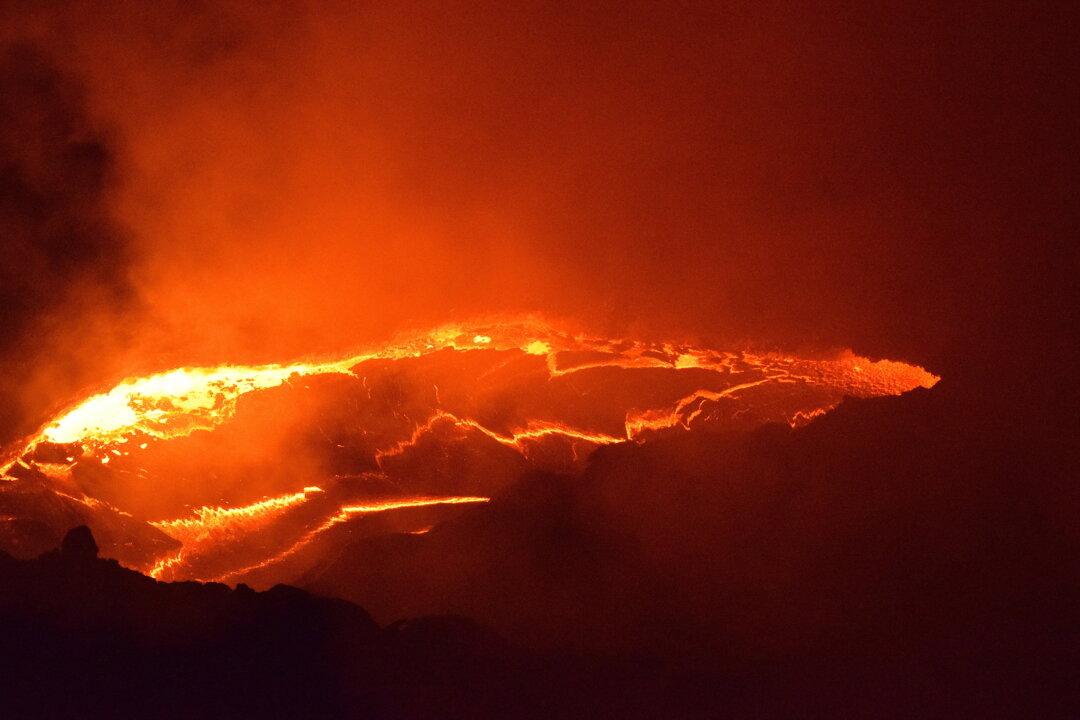My connection to Africa runs deep.
My Genoese uncle, Zio Alfredo, served in Ethiopia during the Italian occupation in the 1930s. Growing up, my mother recounted stories about Zio’s regard for Ethiopian culture and disgust with colonialism.

My connection to Africa runs deep.
My Genoese uncle, Zio Alfredo, served in Ethiopia during the Italian occupation in the 1930s. Growing up, my mother recounted stories about Zio’s regard for Ethiopian culture and disgust with colonialism.